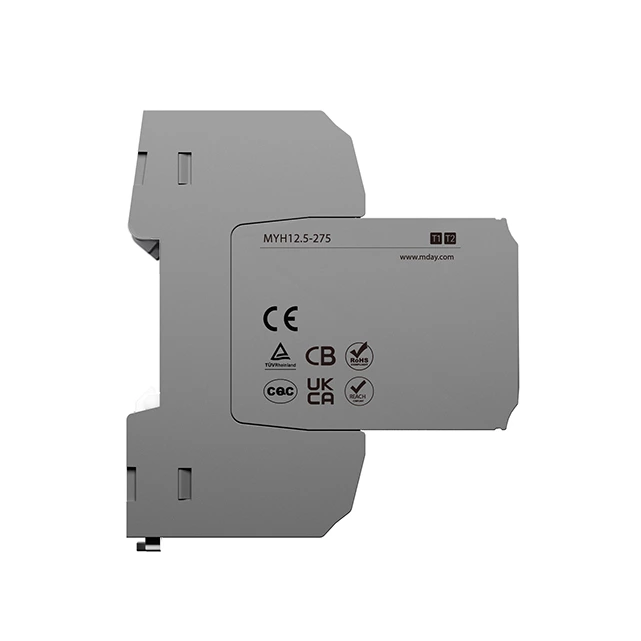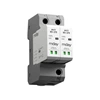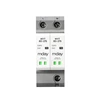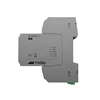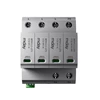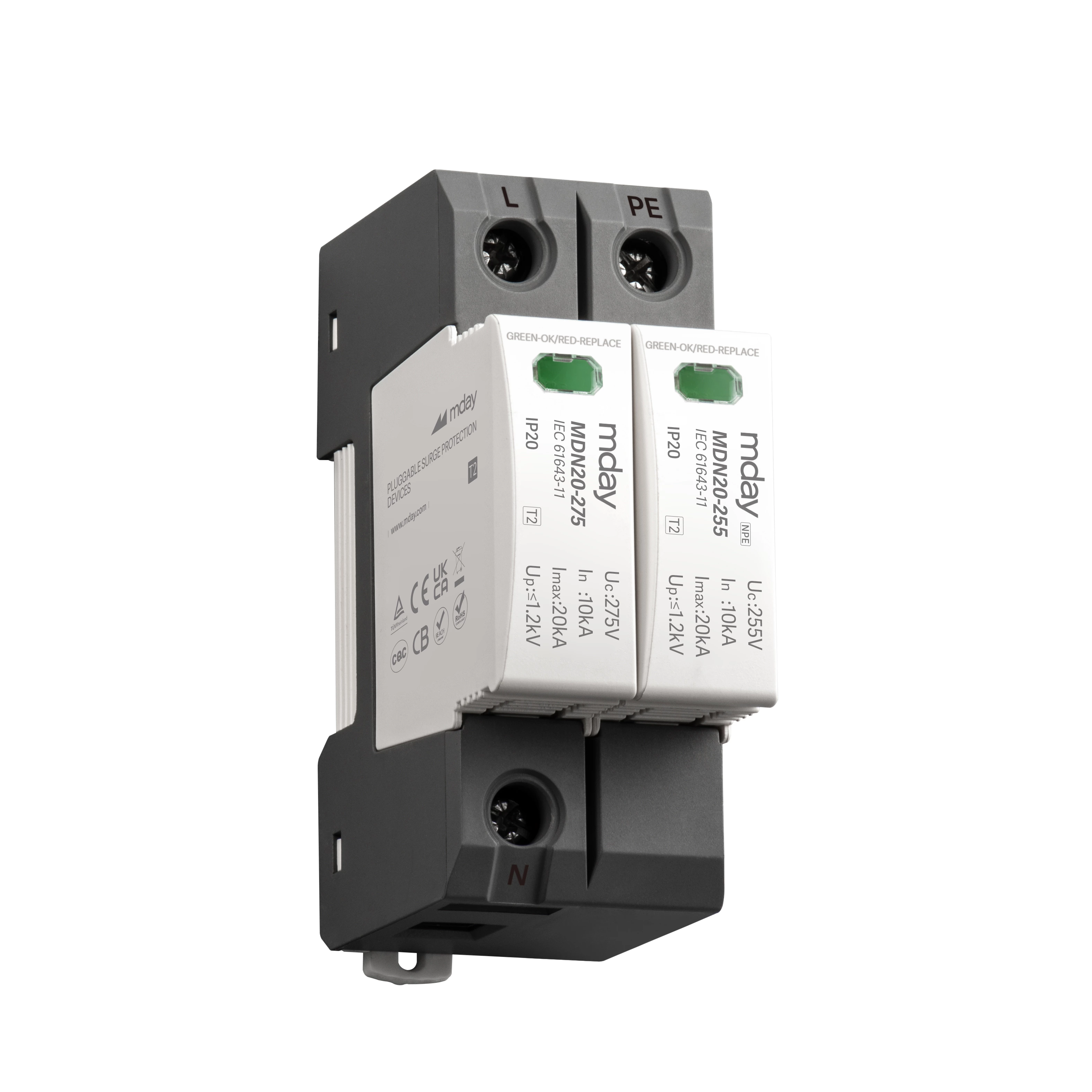Considerations For Selecting A Surge Protector (spd)
When selecting a surge protector (SPD), it should be selected based on factors such as the application environment, the type of protected equipment, and line characteristics.
1. Environmental factors for the application of surge protectors
(I) Operating frequency and voltage
For the selection of surge protectors, commonly used surge protection device require the operating frequency of the power supply current to be 48 to 62 Hz. The voltage continuously applied between the terminals of the surge protective device should not exceed its maximum continuous working voltage.
(II) Altitude, temperature and humidity
For the selection of surge protectors, the current multi-data technical parameters of surge protectors are obtained in the laboratory. Therefore, no specific instructions are given for the application of surge protectors in high-altitude and cold areas. It is usually required that the altitude does not exceed 2,000 meters, the normal operating temperature range is -5 to 40°C, and the extreme range is -40 to 70°C; at the same time, the relative humidity is required to be 30% to 90% at room temperature. For surge protectors placed under abnormal conditions of use, special considerations may be required in design and use, and attention should be paid. For example, for outdoor surge protectors placed under sunlight or other rays and surge protectors in high-cold areas, additional technical requirements should be added.
2. Purpose of surge protectors
The purpose of reasonable selection and use of surge protectors is to protect electrical equipment from transient overvoltage. However, due to the different types of lines where electrical equipment is located, some are power lines, some are signal lines, and some are antenna feeder lines. Therefore, the installation location of the surge protector and the protection requirements for electrical equipment are also different. In practical applications, surge protectors of different types or parameters need to be installed, and there is also coordination between surge protectors of different levels. Appropriate surge protectors must be selected according to actual requirements.
3. Protection level and related parameters of surge protectors
Usually, when selecting a surge protector, there is a principle that the protection level Up must be less than the impulse withstand voltage Uw of the protected equipment on the basis of meeting the selection requirements, so as to ensure that the voltage after being limited is less than the insulation strength of the equipment and reliably protect the electrical equipment. The maximum sustainable operating voltage of the surge protector should be greater than the system voltage. For the gap type surge protector, there should be sufficient continuous current extinguishing capacity to ensure that the arc is extinguished at the first zero crossing point of the system current after the surge current decays. The surge protector should have sufficient discharge capacity to ensure that the lightning current is discharged into the earth, which will not cause casualties and damage to equipment, will not significantly affect the performance of the surge protector itself, and the voltage and current will not exceed the discharge capacity of the next level surge protector. The frequency range of the surge protector should meet the use requirements, especially the frequency of the antenna feeder loop is very high, which is more noteworthy. The tripping device can cut off the surge protector loop in time.
4. Cascade coordination and coupling effect of surge protectors
The selection of surge protectors should pay attention to mutual coordination and the coupling effect of low-voltage cables. If it is installed too close to the upper surge protector, it may run earlier than the upper surge protector, thereby bearing the high energy borne by the upper surge protector, which may cause overload and aging, thereby losing the protection effect, or even failure. However, due to the relatively large surge current generated by lightning current and the system, the impedance of the low-voltage cable can withstand part of the voltage drop, and sometimes the coordination between the two-stage surge protector can be guaranteed. When the switch surge protector is coordinated with the voltage-limiting surge protector level, the cable length between the two-stage surge protector is greater than or equal to 10 meters, which can usually meet the coordination requirements; if it is a two-stage voltage-limiting surge protector level coordination, the cable length shall not be less than 5 meters, otherwise a decoupling choke (inductor) should be connected in series. If the inductance is too small, the lower-level surge protector will be overloaded, and generally 10μH can meet the requirements. The installation position of the surge protector should be as close as possible to the protected equipment, and the distance should not exceed 15 meters. In particular, during installation, the length of the connecting wires at both ends of the surge protector shall not exceed 0.5 meters.
